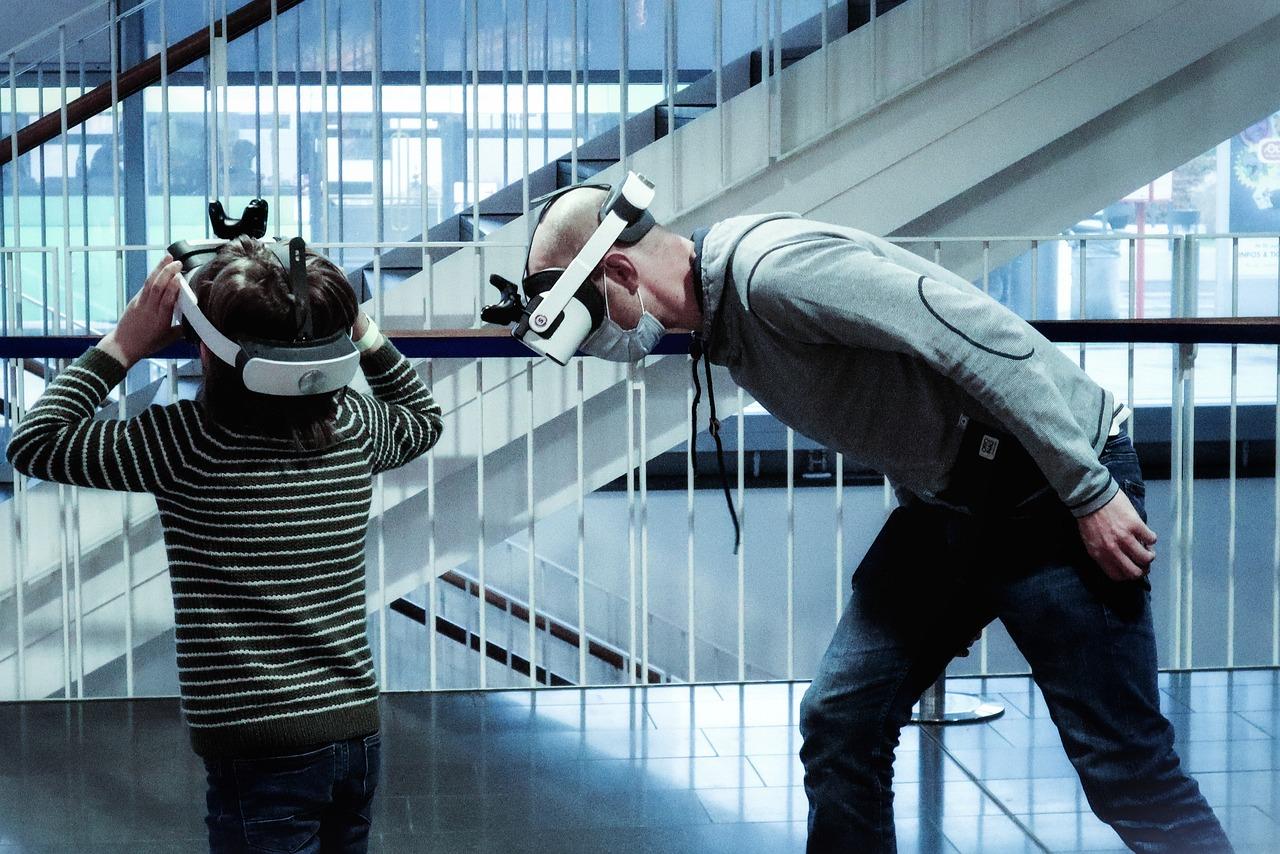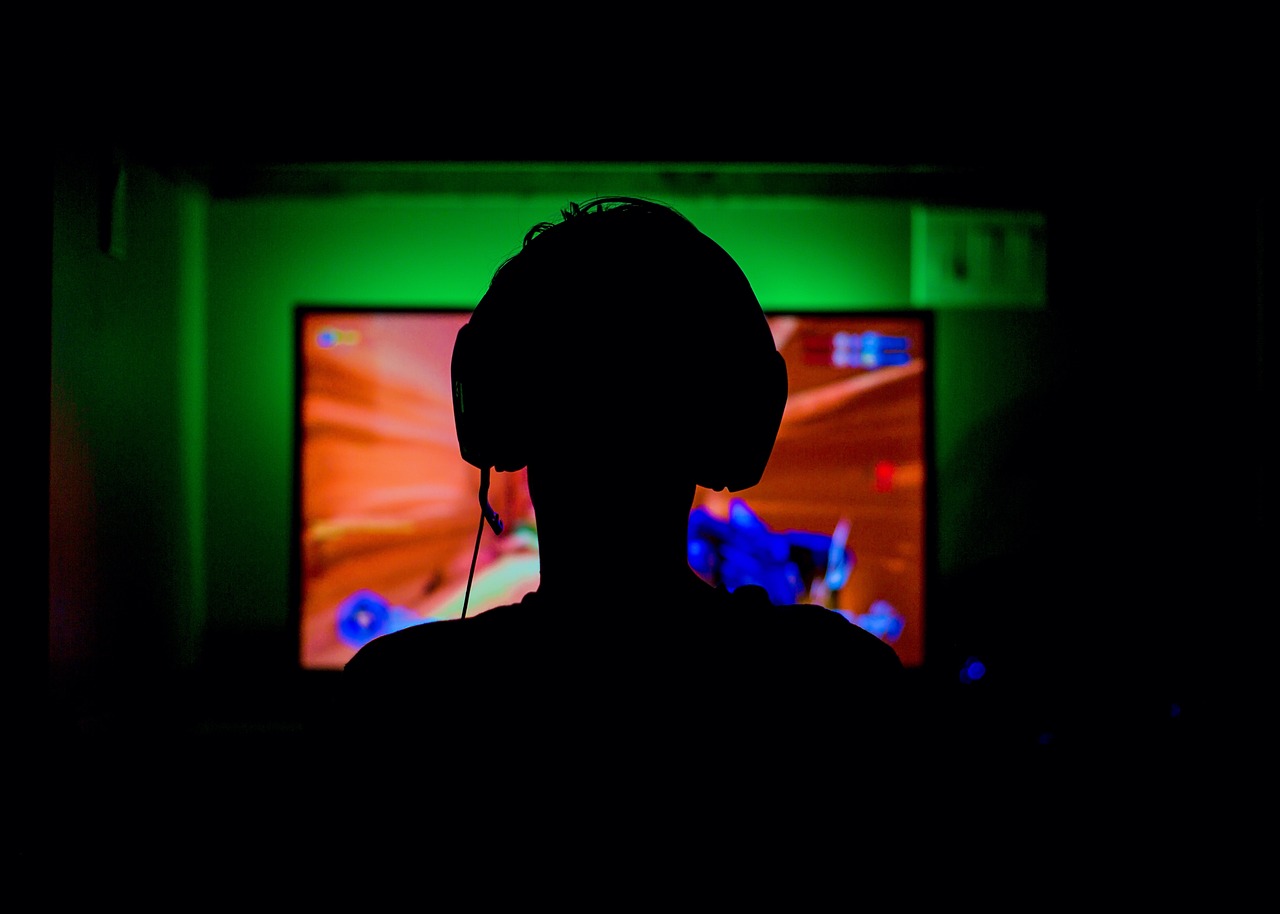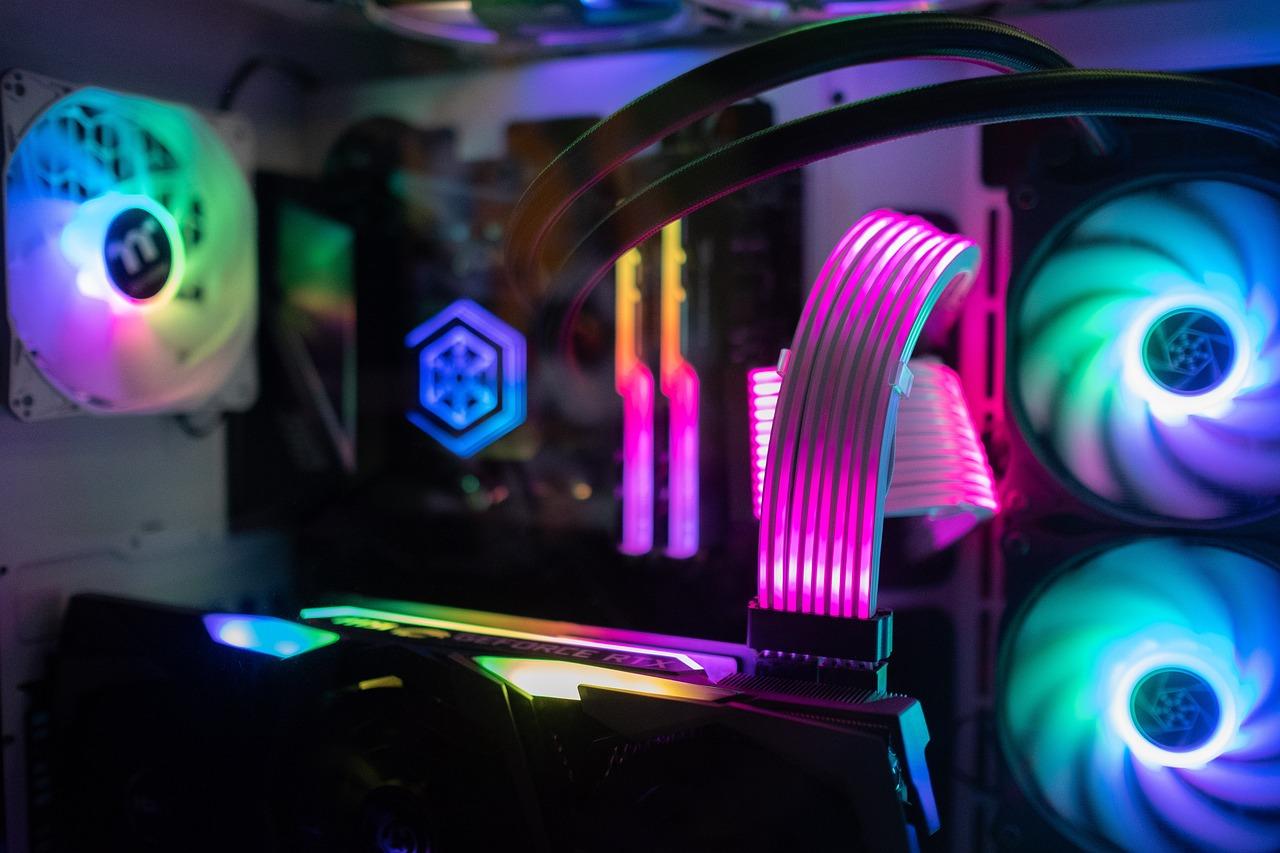
Exploring the Impact of Virtual Reality on Gaming Immersion
Iren
- 0
- 638
Virtual reality (VR) has revolutionized gaming by providing a deeply immersive experience that goes beyond traditional screen-based play. By integrating high-resolution visuals, 3D sound, and motion-tracking technology, VR transports players into game worlds, offering unparalleled engagement. In this article, we explore how VR enhances immersion in gaming and what the future holds for this cutting-edge technology.
The Evolution of Virtual Reality in Gaming
The journey of VR in gaming has been marked by significant technological advancements and innovative breakthroughs, transforming it from a futuristic concept to a tangible reality for consumers.
Key Milestones in VR Gaming
The evolution of VR gaming has been a fascinating journey spanning several decades:
| Year | Milestone |
|---|---|
| 1968 | Ivan Sutherland creates the first head-mounted display system |
| 1991 | Virtuality Group launches arcade machines with VR headsets |
| 2012 | Oculus Rift Kickstarter campaign launches, reviving interest in VR |
| 2014 | Facebook acquires Oculus for $2 billion |
| 2016 | HTC Vive and Oculus Rift consumer versions released |
| 2016 | PlayStation VR launches, bringing VR to console gaming |
| 2019 | Oculus Quest released, offering standalone VR without external sensors |
| 2022 | Meta Quest Pro introduces mixed reality capabilities |
Technological Breakthroughs
Several key innovations have propelled VR gaming forward:
- High-resolution OLED and LCD displays
- Advanced motion tracking systems (e.g., inside-out tracking)
- Haptic feedback controllers
- Spatial audio technology
- Foveated rendering for improved performance
Devices that contributed significantly to VR’s evolution include:
- Oculus Rift
- HTC Vive
- PlayStation VR
- Valve Index
- Oculus Quest 2 (Meta Quest 2)
Immersive Gaming Experiences: What Sets VR Apart
VR gaming offers a level of immersion that traditional gaming platforms cannot match, primarily through its unique visual, auditory, and interactive elements.
Enhanced Visuals and 3D Audio
VR headsets create realistic environments through:
- Stereoscopic 3D visuals that provide depth perception
- Wide field of view (typically 90-110 degrees)
- High refresh rates (90Hz or higher) for smooth motion
- Spatial audio that accurately positions sounds in 3D space
Popular VR games leveraging these features include:
- “Half-Life: Alyx”
- “Lone Echo”
- “Asgard’s Wrath”
- “Boneworks”
- “The Walking Dead: Saints & Sinners”
Physical Interaction and Motion Tracking
Motion controllers allow for intuitive physical interactions within the game world, significantly enhancing immersion.
| Game | Physical Interaction Feature |
|---|---|
| Beat Saber | Slicing blocks with virtual lightsabers |
| Superhot VR | Dodging bullets and throwing objects in slow-motion |
| Job Simulator | Manipulating virtual objects in various work environments |
| The Climb | Using hand movements to scale virtual cliffs |
| Pistol Whip | Shooting and dodging in rhythm-based combat |
Emotional and Psychological Engagement in VR

The immersive nature of VR often leads to stronger emotional and psychological engagement compared to traditional gaming formats.
Emotional Responses in Horror and Story-Driven Games
VR intensifies emotional experiences in genres like horror and narrative-based games:
- Heightened sense of presence: Players feel physically present in the game world
- Increased vulnerability: The inability to look away amplifies tension
- Enhanced empathy: Closer connection to characters and their emotions
- Intensified fear responses: Horror games become more visceral and impactful
Examples of emotionally impactful VR games:
- “Resident Evil 7” (VR mode)
- “Alien: Isolation” (VR mod)
- “Hellblade: Senua’s Sacrifice VR Edition”
- “The Vanishing of Ethan Carter VR”
Increased Cognitive Load and Flow State
VR gaming often leads to deeper cognitive involvement and flow state:
- Full sensory immersion: Minimizes real-world distractions
- Increased focus: The encompassing nature of VR demands more attention
- Enhanced spatial awareness: Navigating 3D spaces engages spatial cognition
- Improved memory retention: Physical actions tied to gameplay can enhance memory
Social and Multiplayer Dimensions in VR
VR is expanding beyond solo experiences, offering rich social and multiplayer interactions.
Virtual Meeting Spaces
Platforms creating virtual environments for socializing include:
- VRChat
- AltspaceVR
- Rec Room
- Bigscreen VR
- Horizon Worlds
These spaces offer activities like:
- Attending virtual concerts and events
- Playing mini-games with friends
- Watching movies in virtual theaters
- Collaborating in virtual workspaces
Cooperative and Competitive Play in VR
| Aspect | VR Gaming | Traditional Gaming |
|---|---|---|
| Player Presence | Avatars with full-body tracking | Static or limited character models |
| Communication | Spatial voice chat, hand gestures | Voice chat, text, emotes |
| Teamwork | Physical coordination required | Button-based interactions |
| Competitive Play | Full-body movement and aiming | Controller or mouse-based aiming |
| Social Interaction | Face-to-face conversations | Voice or text-based chat |
Popular VR multiplayer games:
- “Echo VR” (competitive zero-gravity sport)
- “Arizona Sunshine” (cooperative zombie shooter)
- “Keep Talking and Nobody Explodes” (asymmetric bomb defusal)
The Challenges of VR Gaming

Despite its potential, VR gaming faces several obstacles that hinder widespread adoption.
High Costs and Accessibility
The cost of VR equipment varies widely:
- Entry-level: Oculus Quest 2 ($299-$399)
- Mid-range: PlayStation VR ($299 + PS4/PS5)
- High-end: Valve Index ($999)
Additional costs include:
- Powerful gaming PC for high-end VR ($1000+)
- VR-ready space in the home
- Accessories (additional controllers, base stations)
Motion Sickness and Comfort Issues
Ongoing challenges and solutions:
- Motion sickness: Caused by sensory mismatch
- Solution: Higher refresh rates, reduced artificial locomotion
- Physical discomfort: Weight of headsets, heat buildup
- Solution: Lighter materials, improved ventilation
- Eye strain: Prolonged focus on close screens
- Solution: Better lenses, eye-tracking for natural focus
- Limited play sessions: Fatigue from extended use
- Solution: Designing games for shorter, more intense experiences
The Future of VR in Gaming
As technology advances, the future of VR gaming looks increasingly immersive and accessible.
Advancements in Haptic Feedback and AI Integration
| Future Trend | Potential Impact |
|---|---|
| Full-body haptic suits | Enhanced physical sensation and immersion |
| Brain-computer interfaces | Direct neural interaction with games |
| AI-driven NPCs | More realistic and responsive game worlds |
| Photorealistic graphics | Indistinguishable virtual environments |
| Smell and taste simulation | Complete sensory immersion |
Social Integration and Cross-Platform Play
The future of VR gaming may include:
- Seamless integration between VR and non-VR players
- Persistent virtual worlds (metaverse) spanning multiple games and platforms
- VR as a social platform for work, entertainment, and education
- Cross-platform avatars and digital asset ownership
- Enhanced accessibility features for players with disabilities
Conclusion
The impact of VR on gaming immersion is undeniable, offering a blend of sensory, emotional, and interactive experiences that traditional gaming cannot match. As technology advances, we can expect VR to push the boundaries of immersion even further, potentially redefining not just gaming, but how we interact with digital environments as a whole.
The future of VR gaming promises deeper levels of engagement, more intuitive interactions, and increasingly social experiences. While challenges remain, the ongoing advancements in technology and design are steadily addressing these issues, paving the way for a future where VR becomes an integral part of the gaming landscape and beyond.
As we look ahead, it’s clear that VR will continue to transform not only how we play games but also how we connect, learn, and experience digital worlds. The journey of VR in gaming is far from over, and the coming years promise exciting developments that will further blur the lines between virtual and reality.



